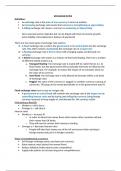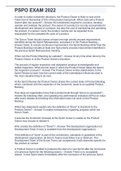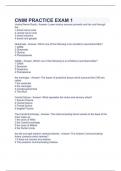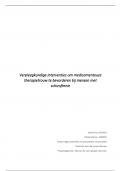Summary
Summary Exchange rates
- Module
- Unit 7 International Economy
- Institution
- AQA
Provides the content required for A-Level Economics (AQA). Follows the specification and was compiled using class notes, an AQA textbook, revision guide and content from youtube teachers. Written by a student predicted an A*. Also contains content from PMT notes.
[Show more]












